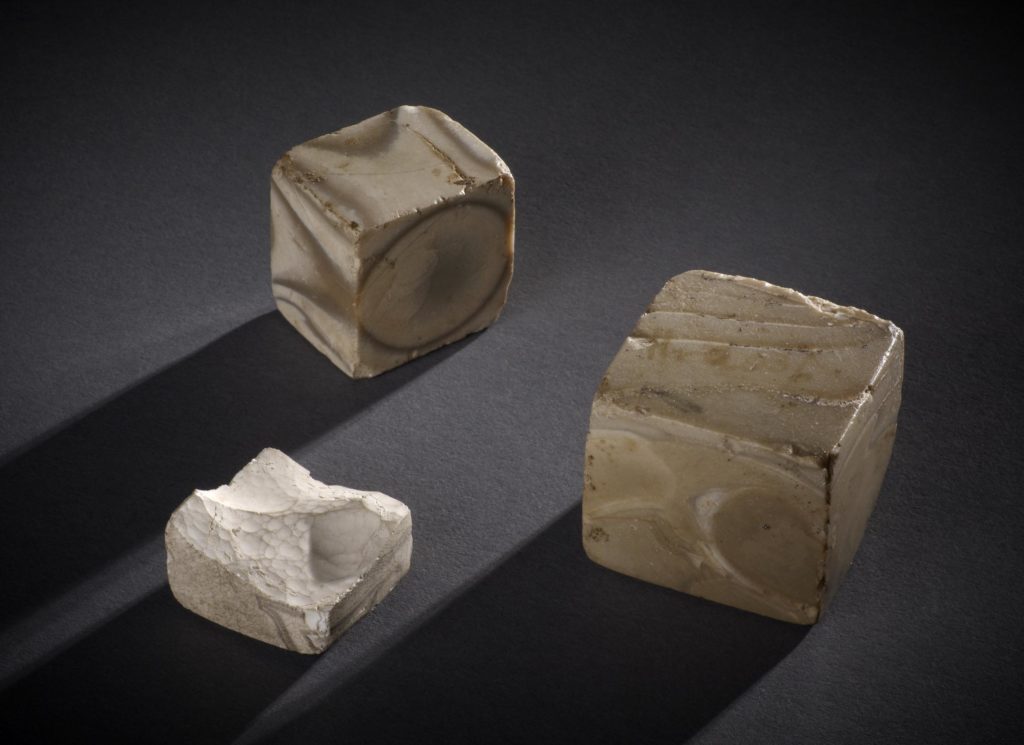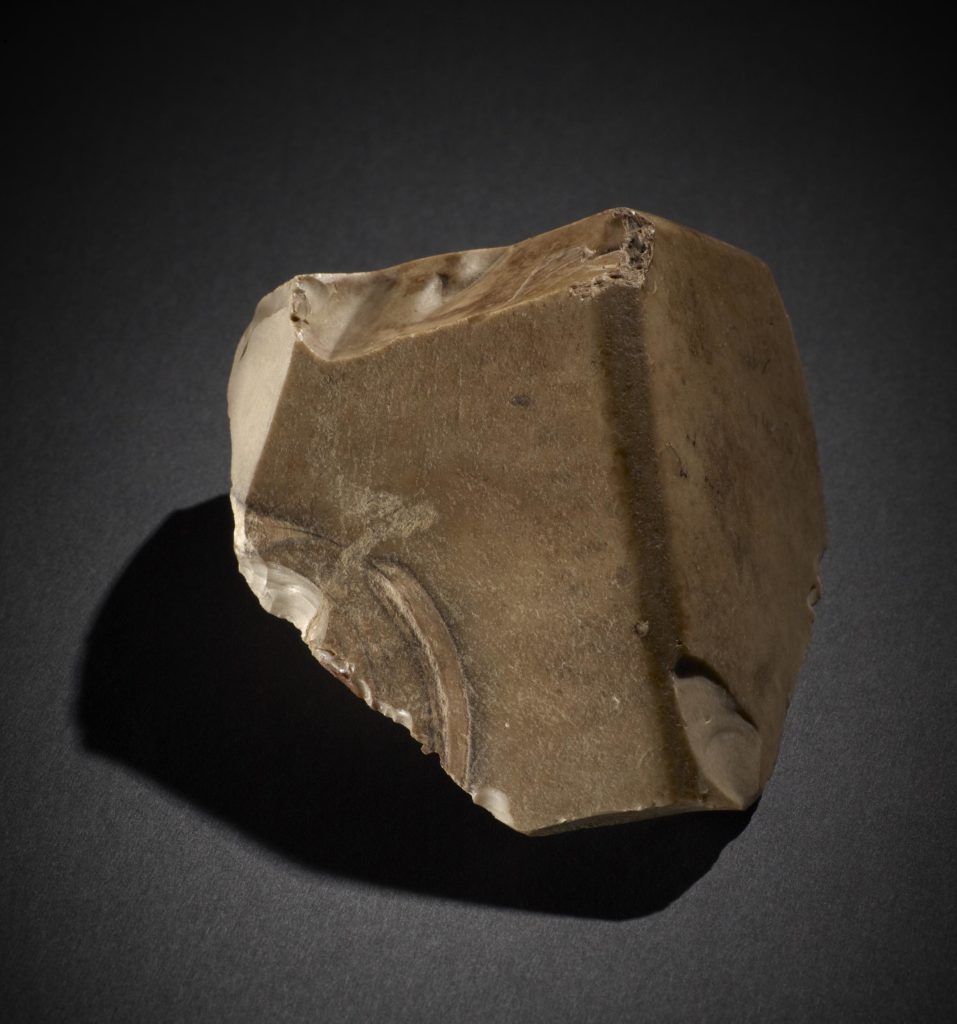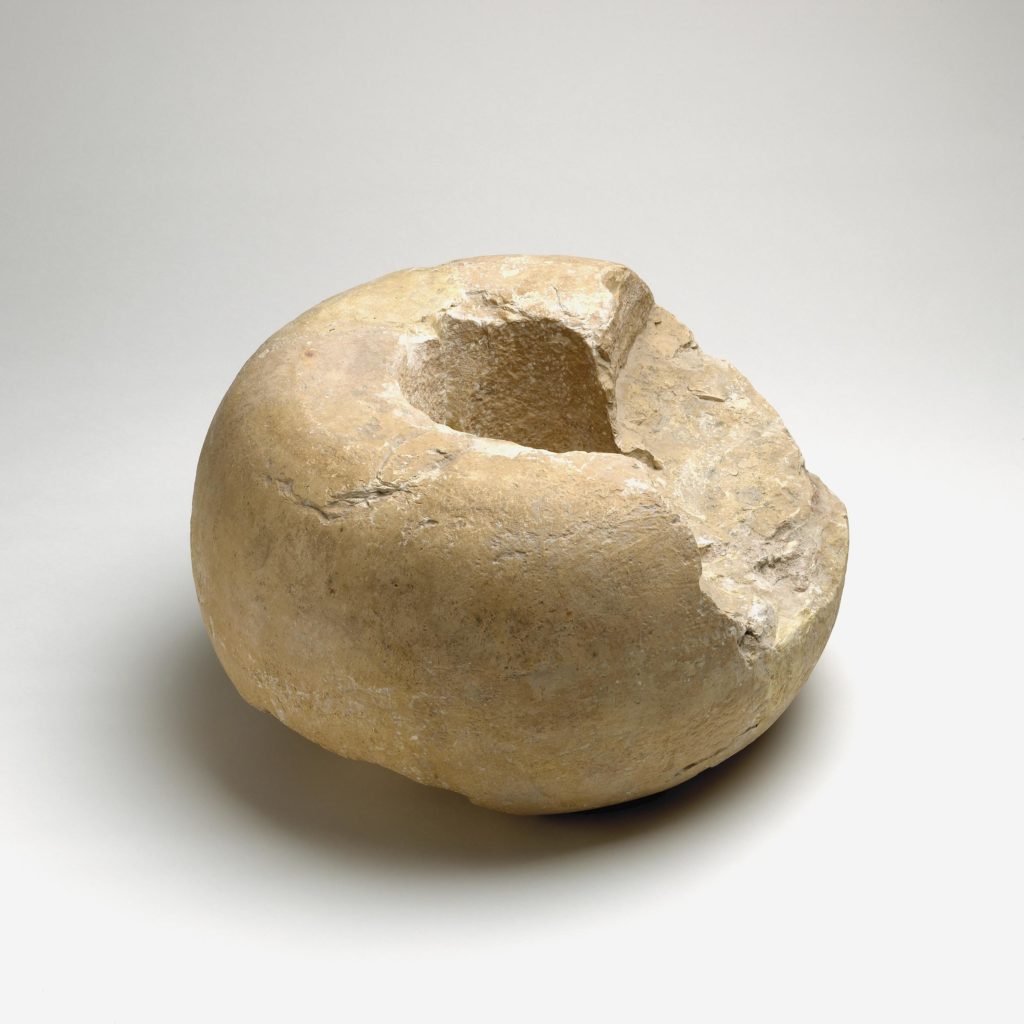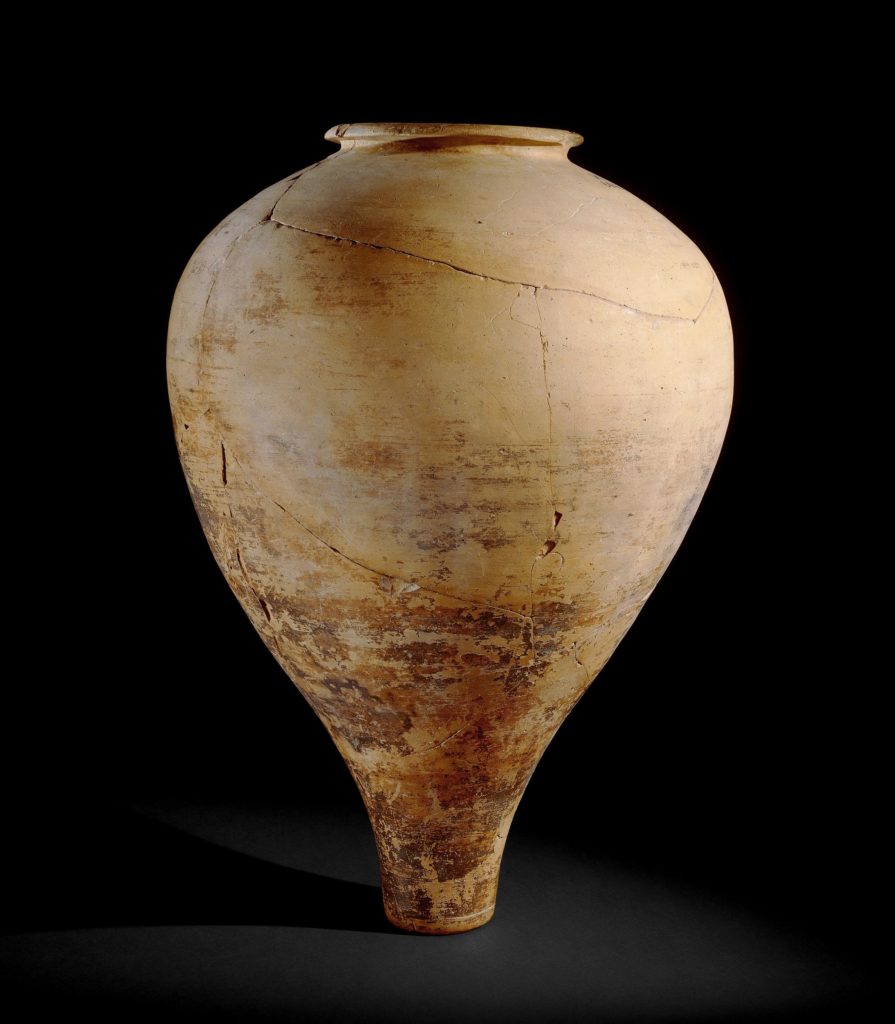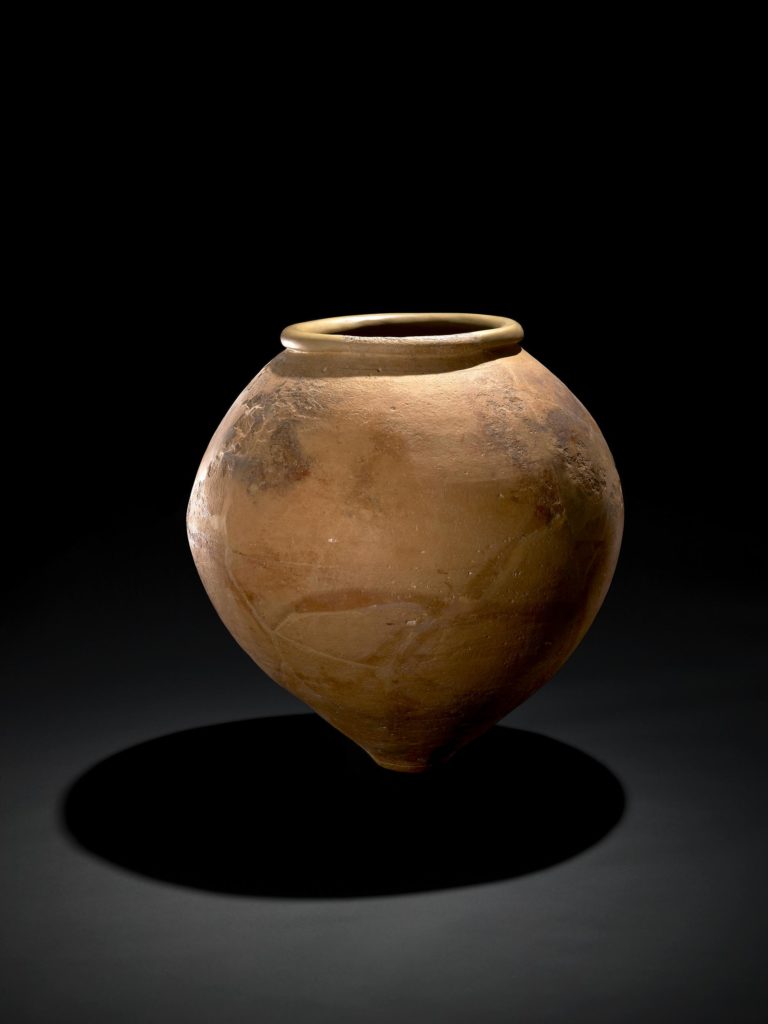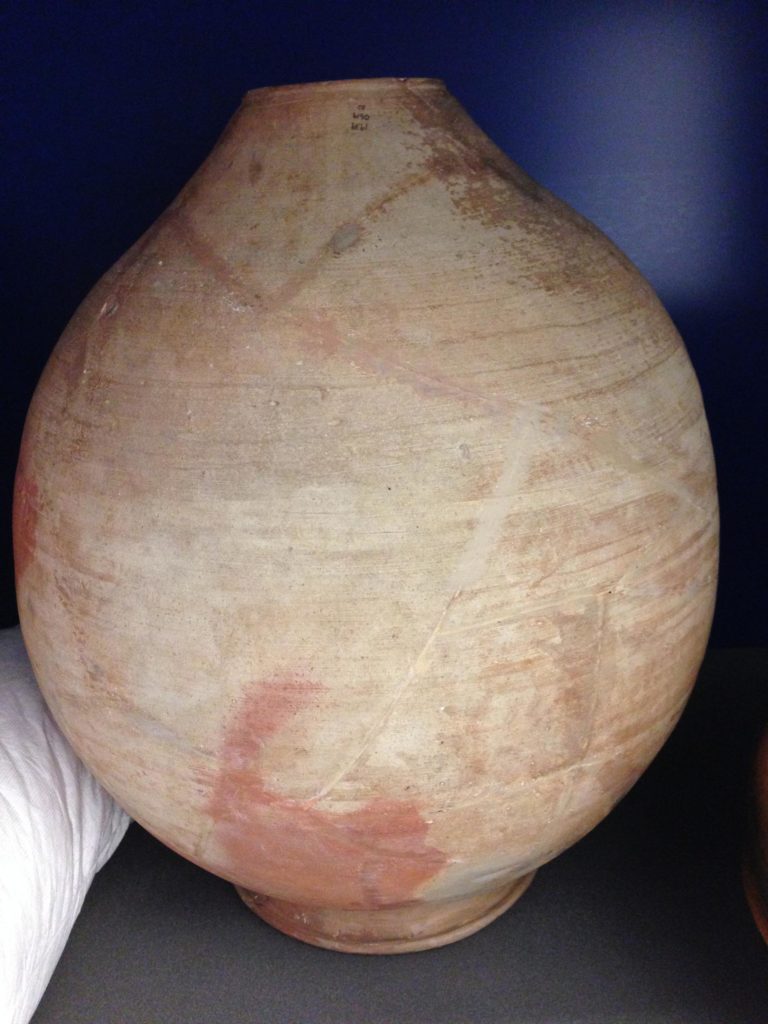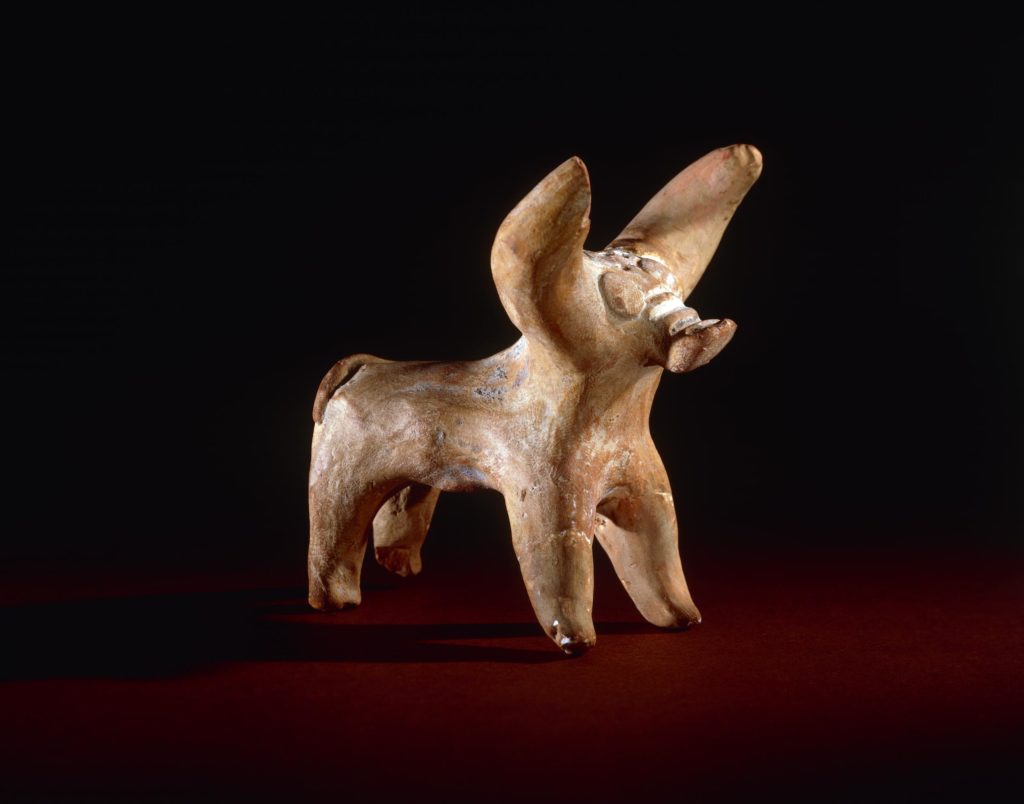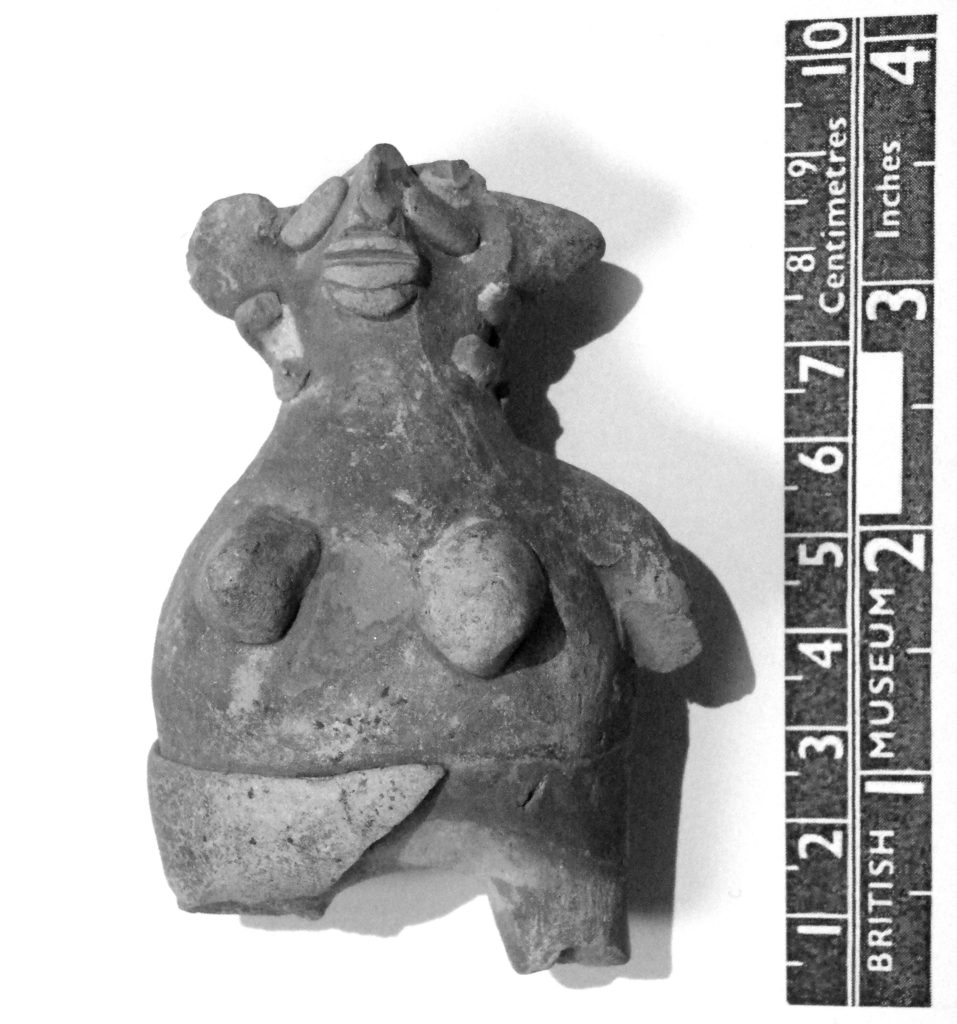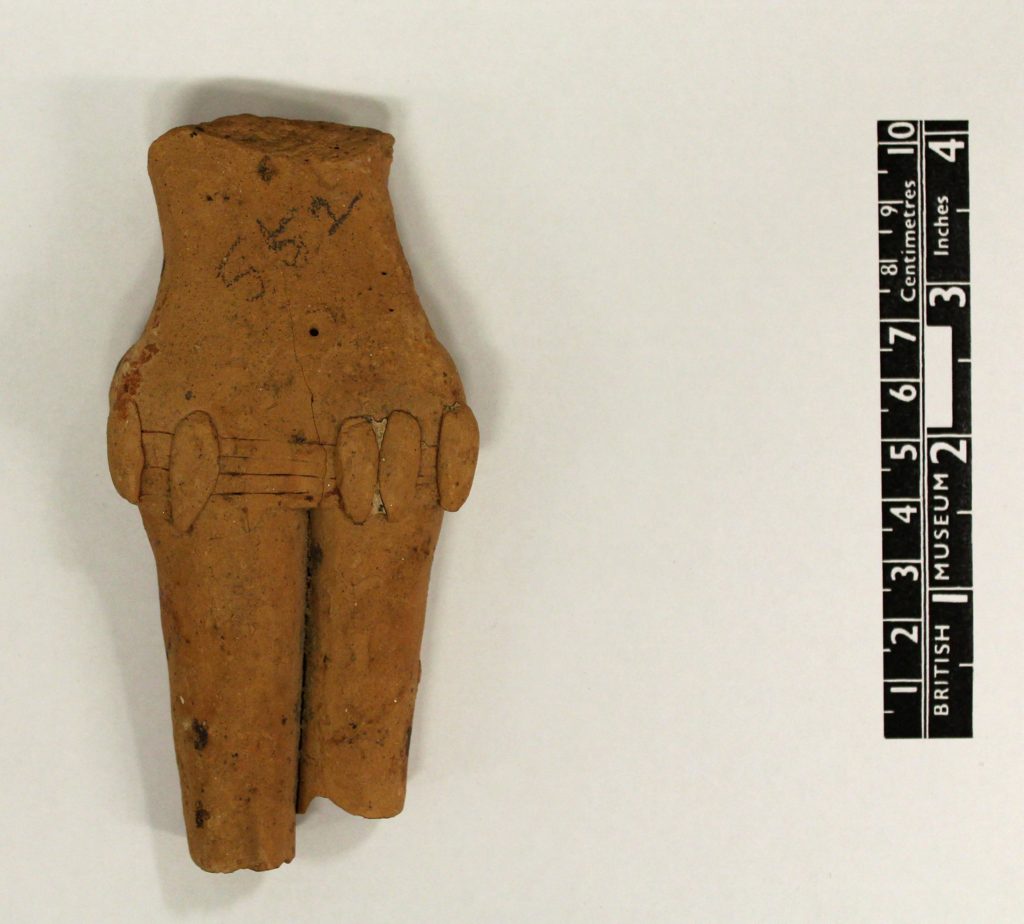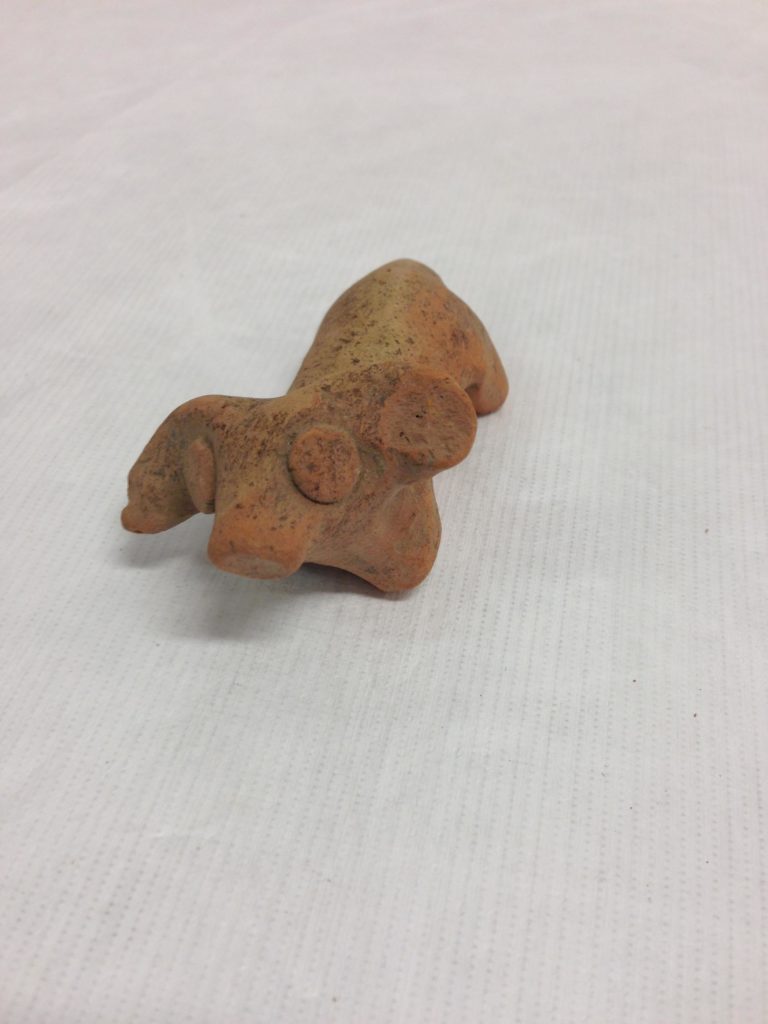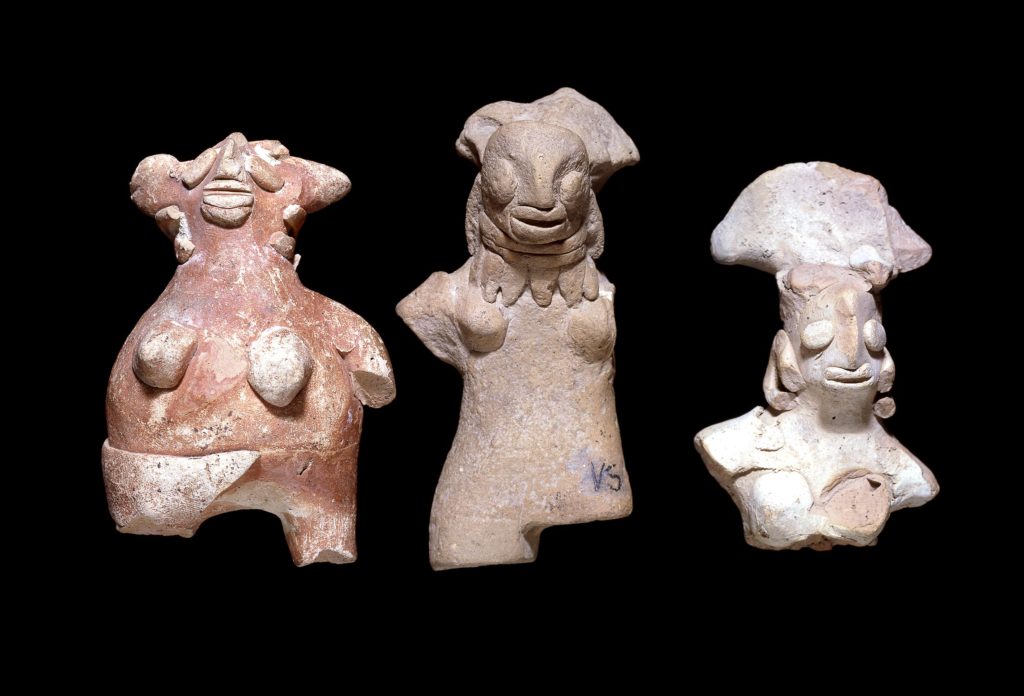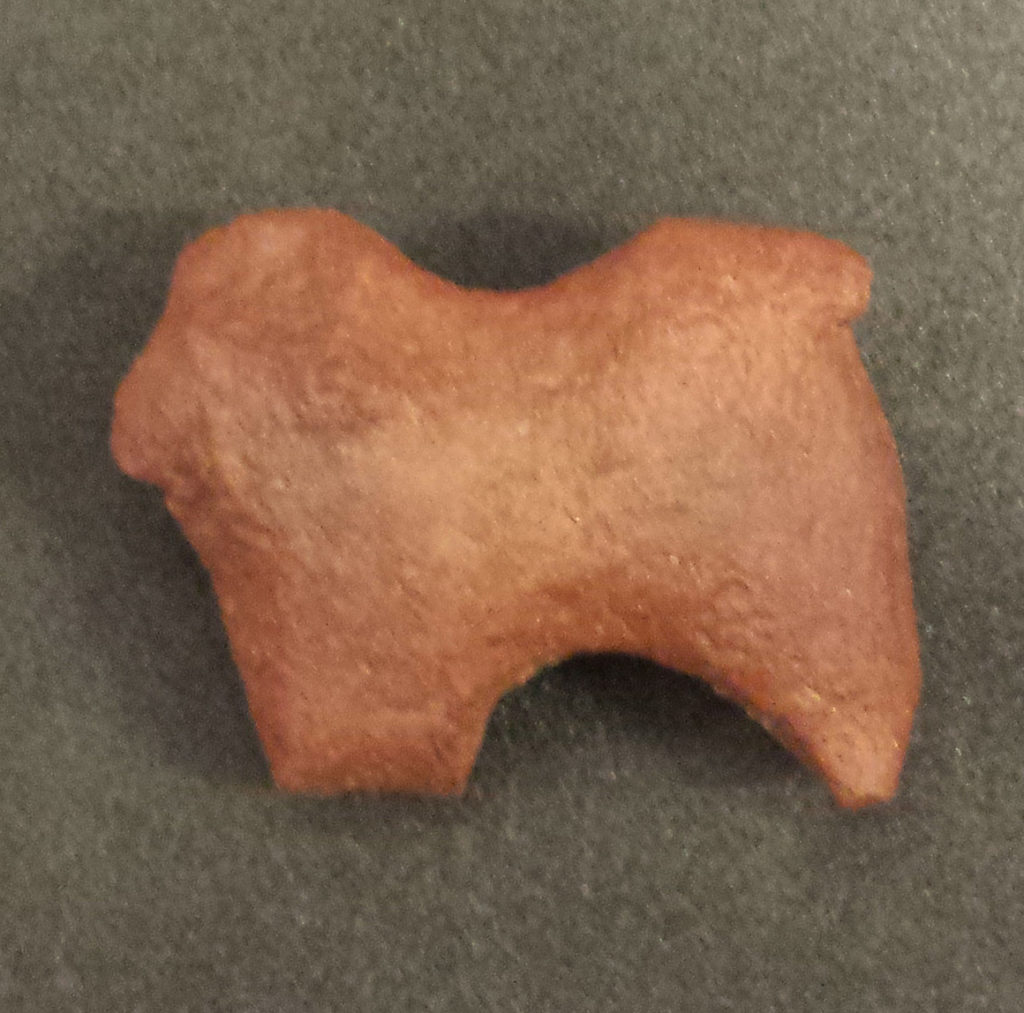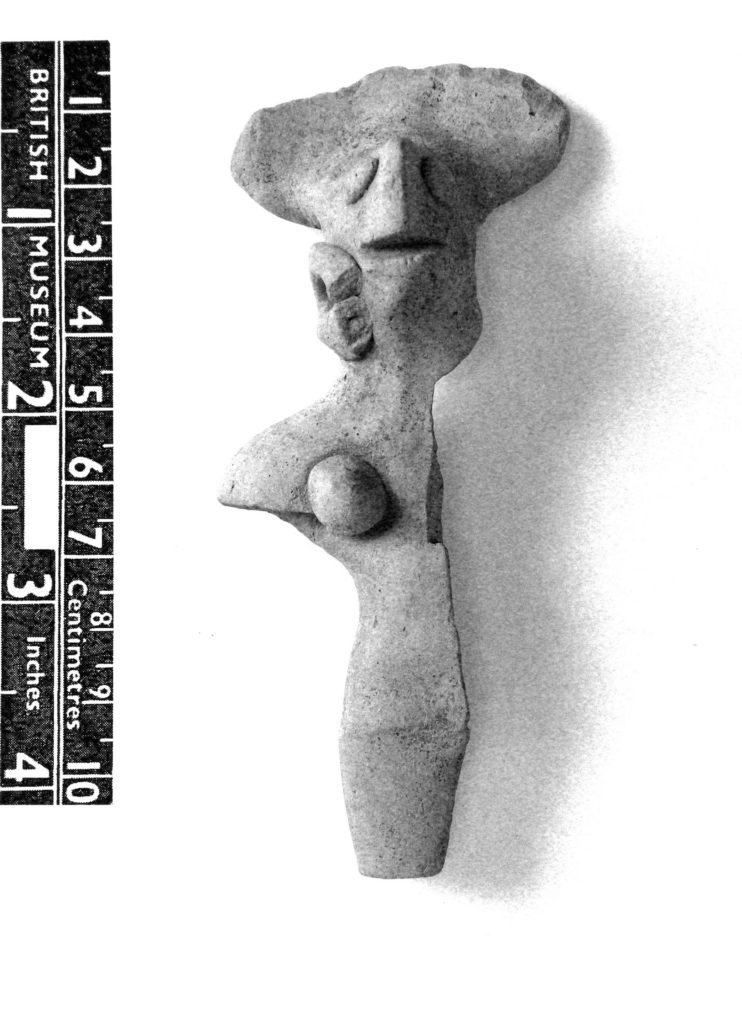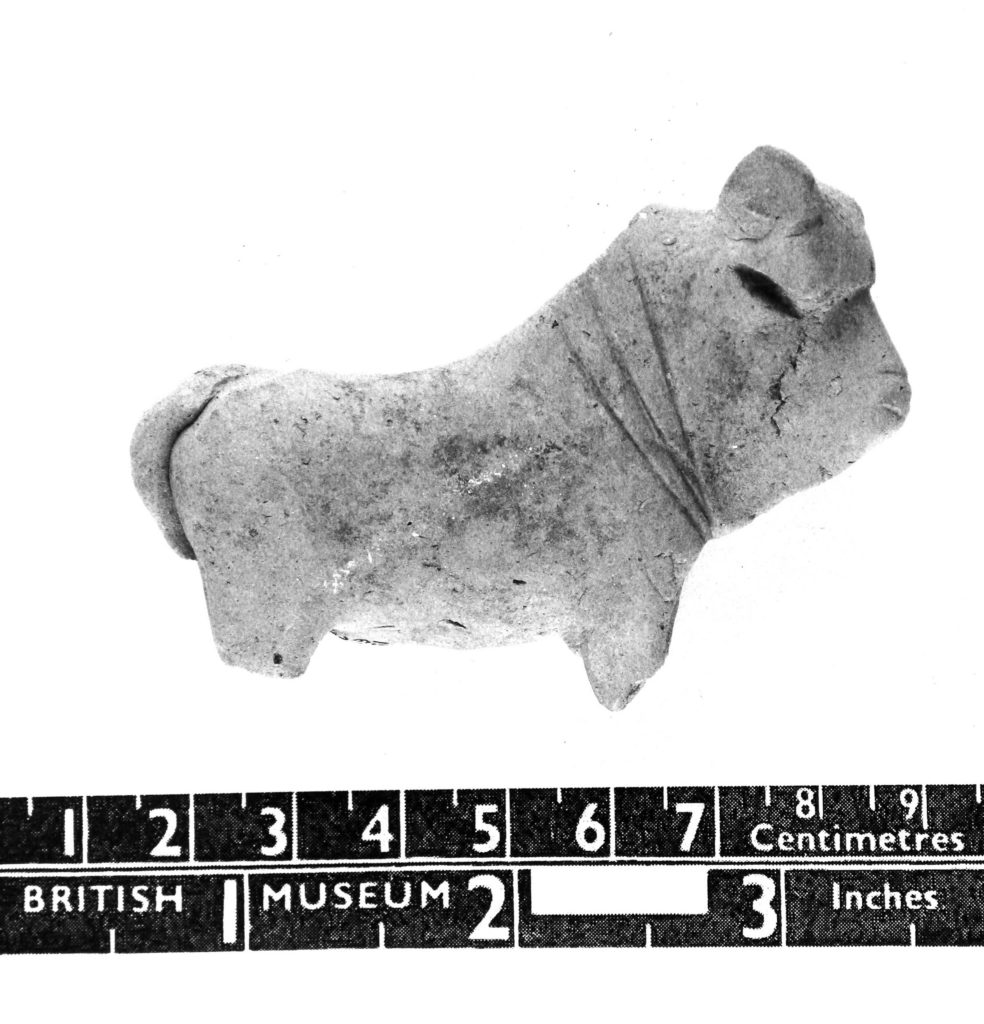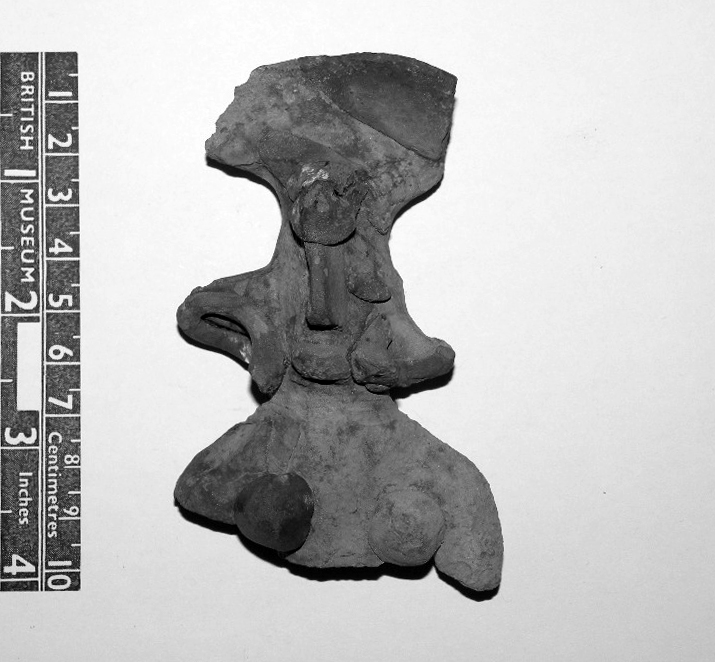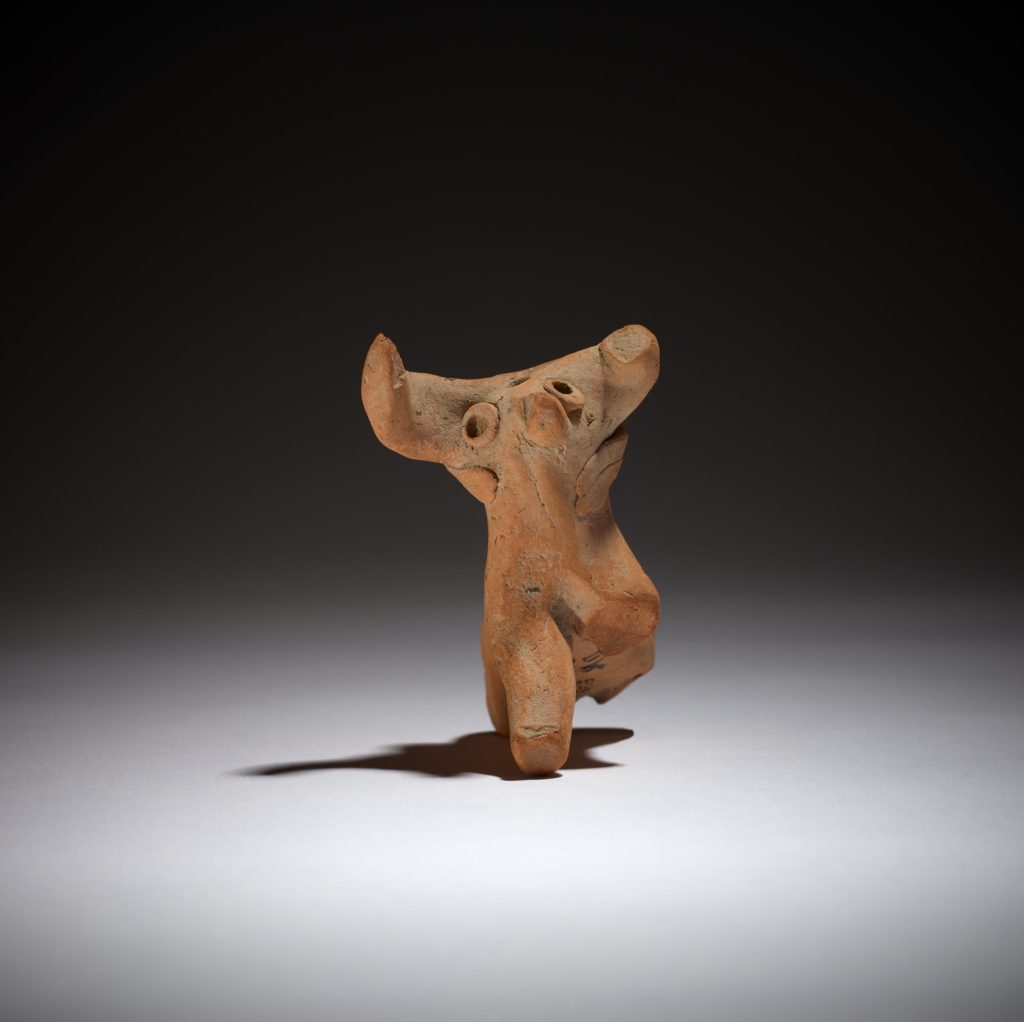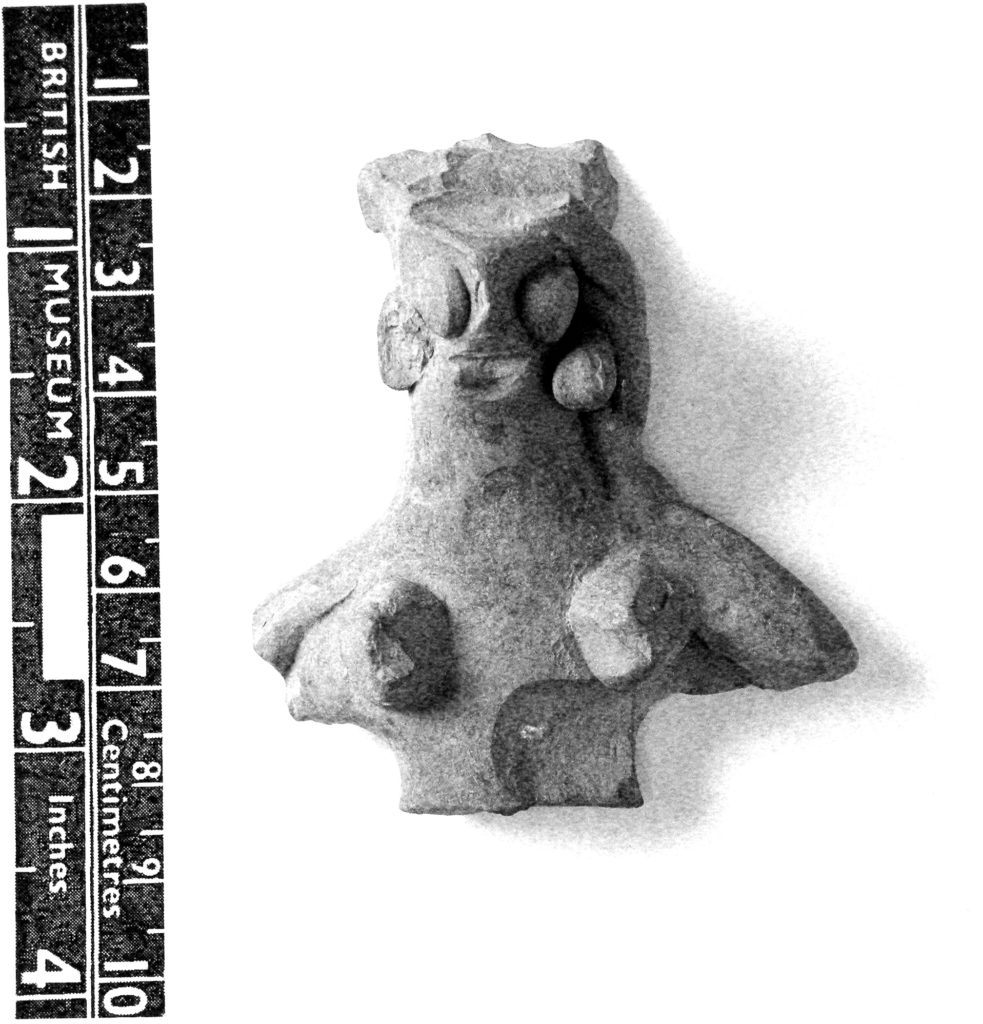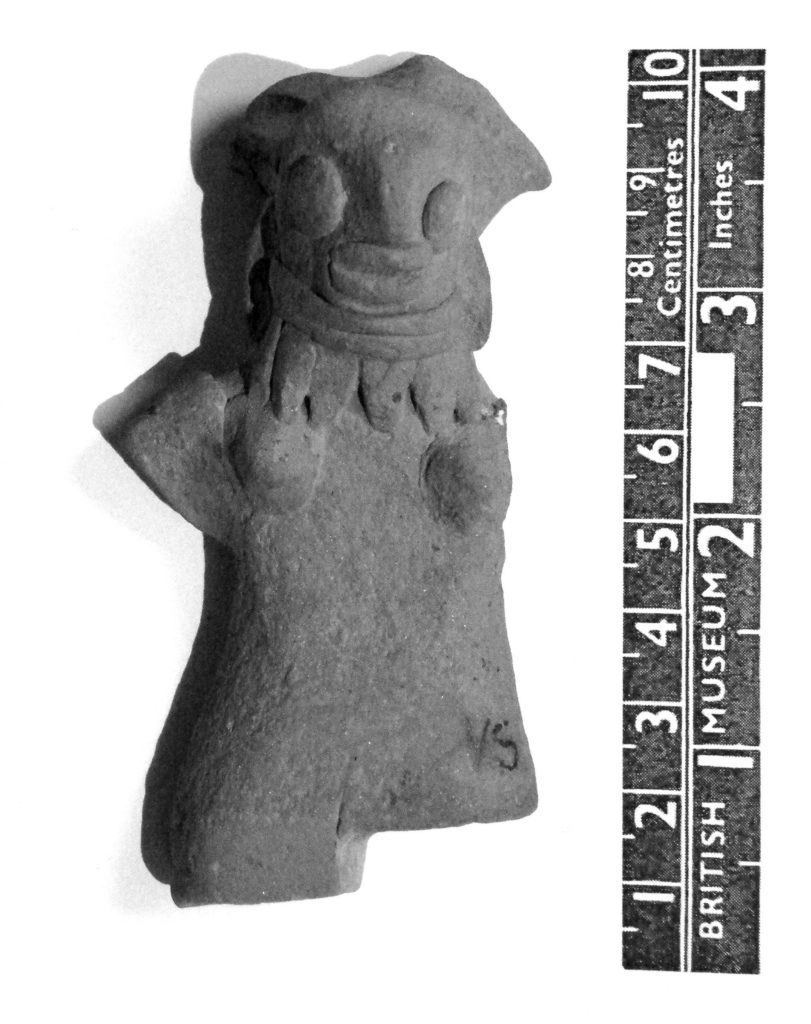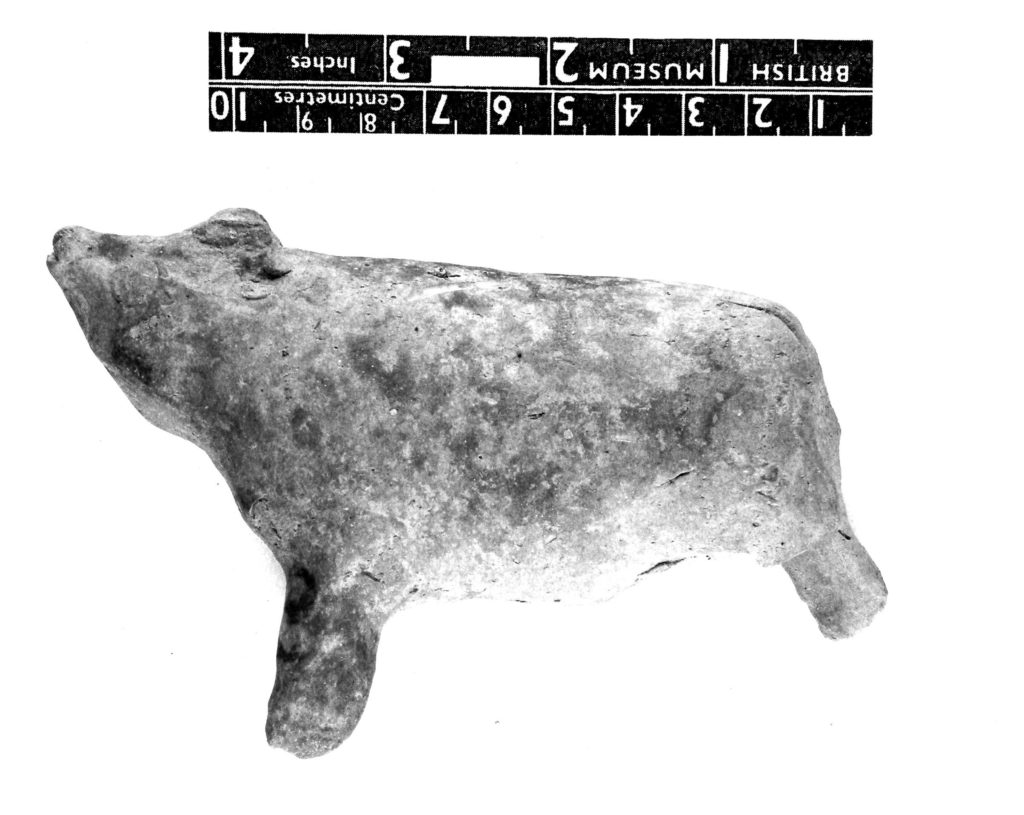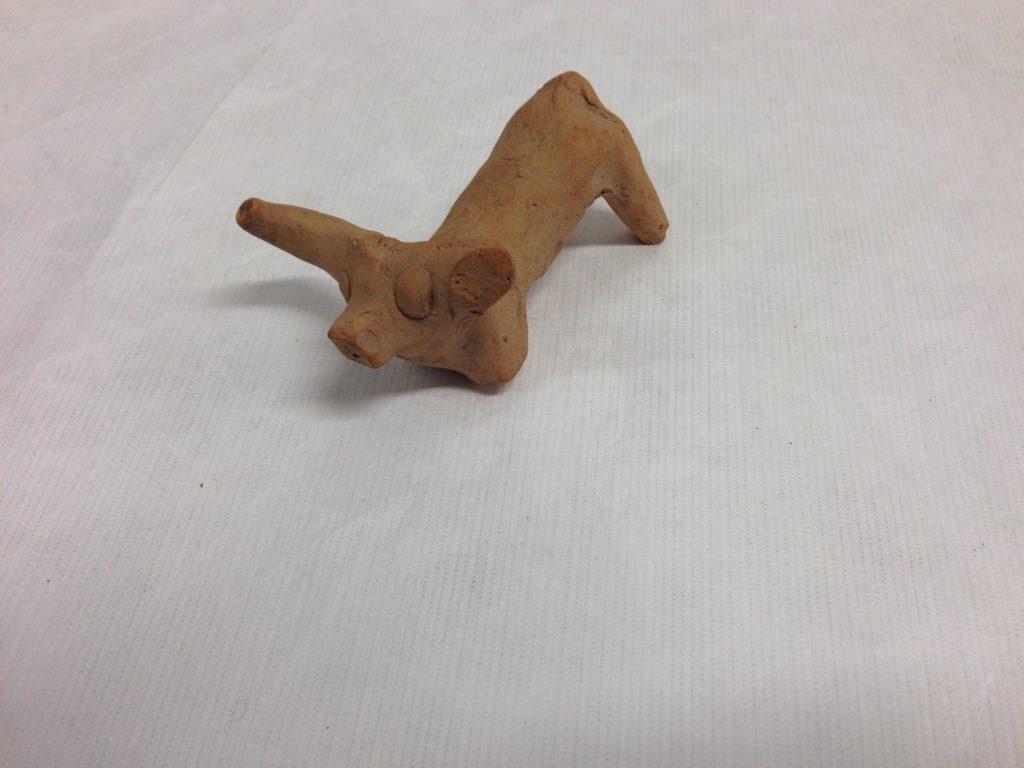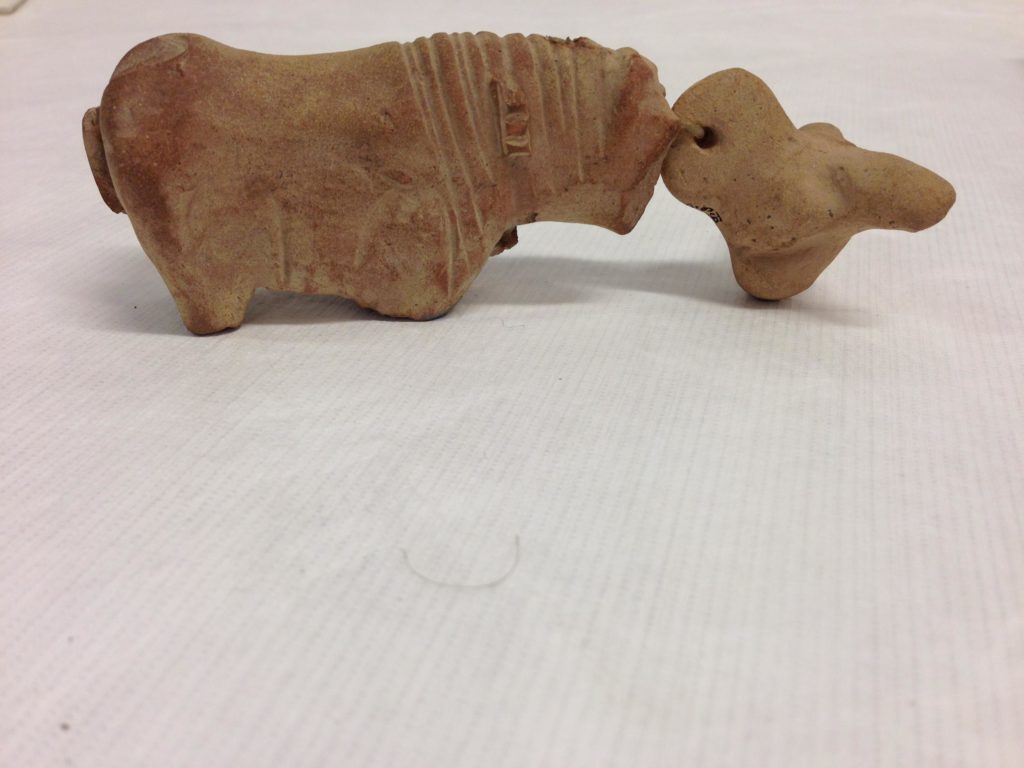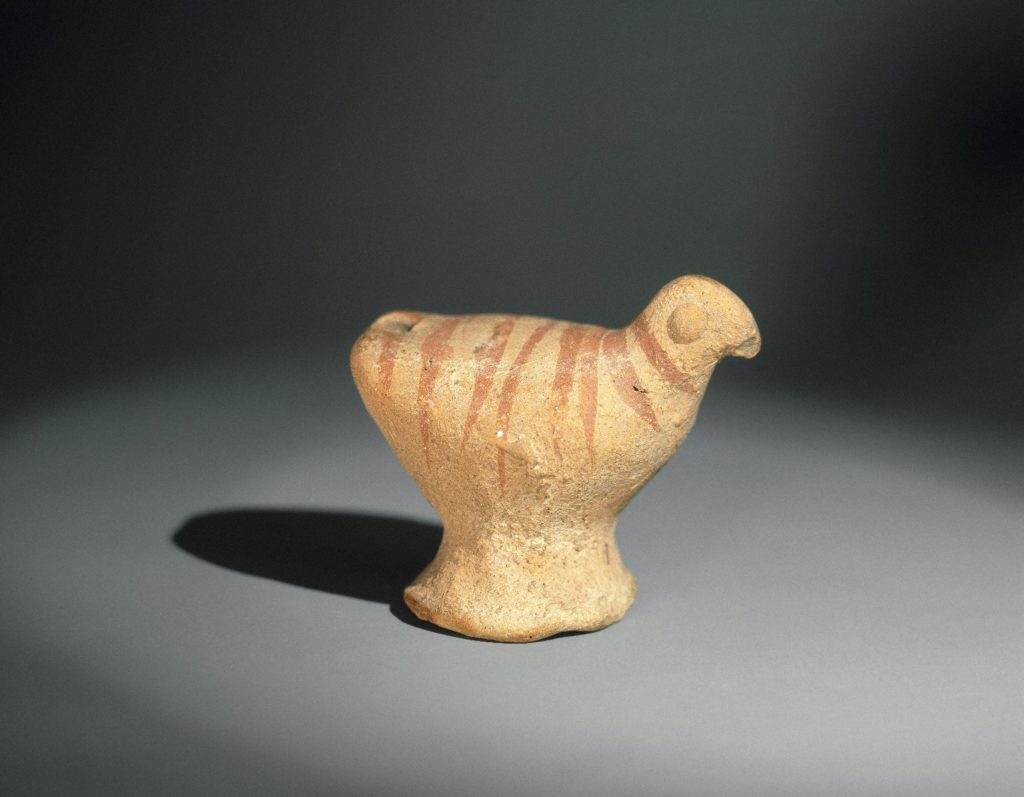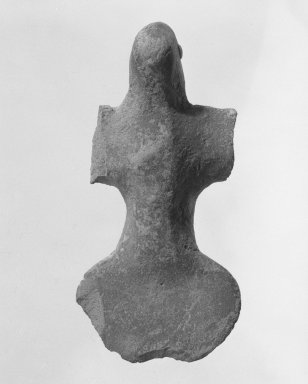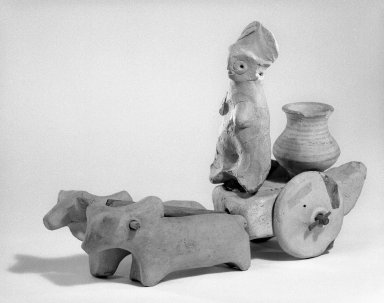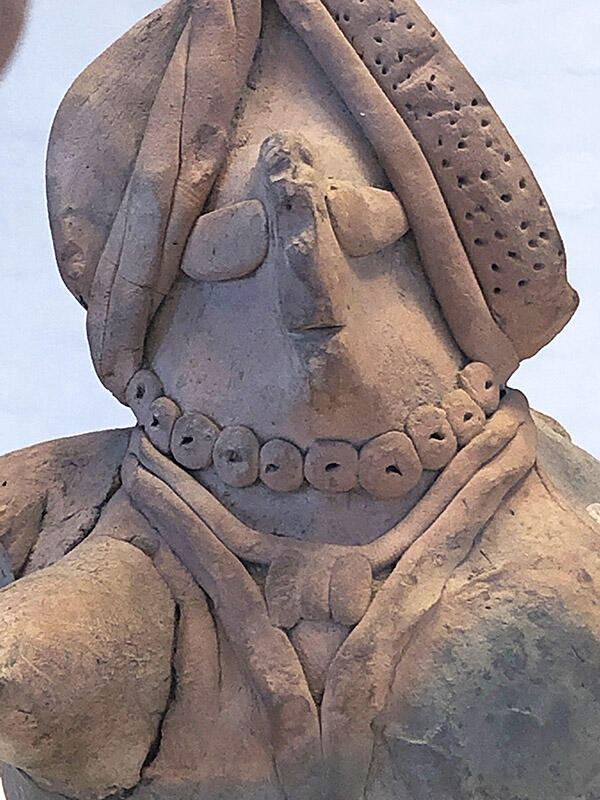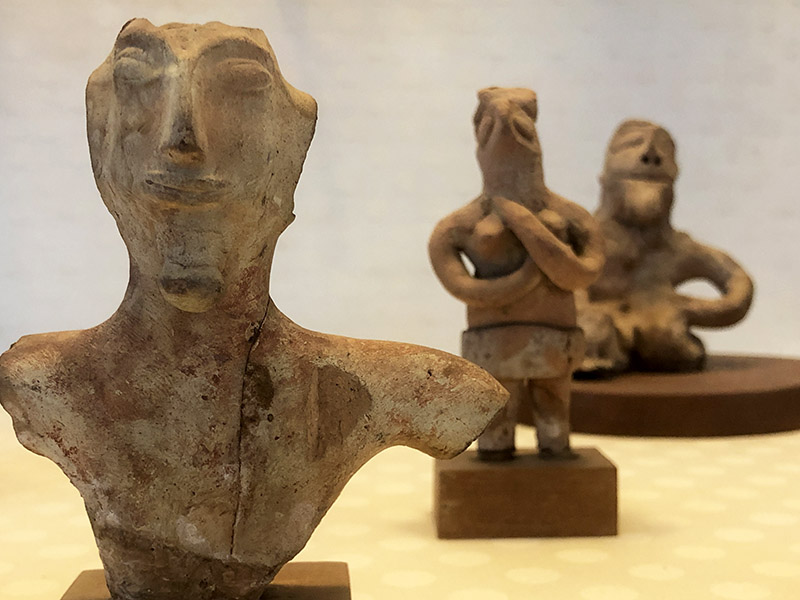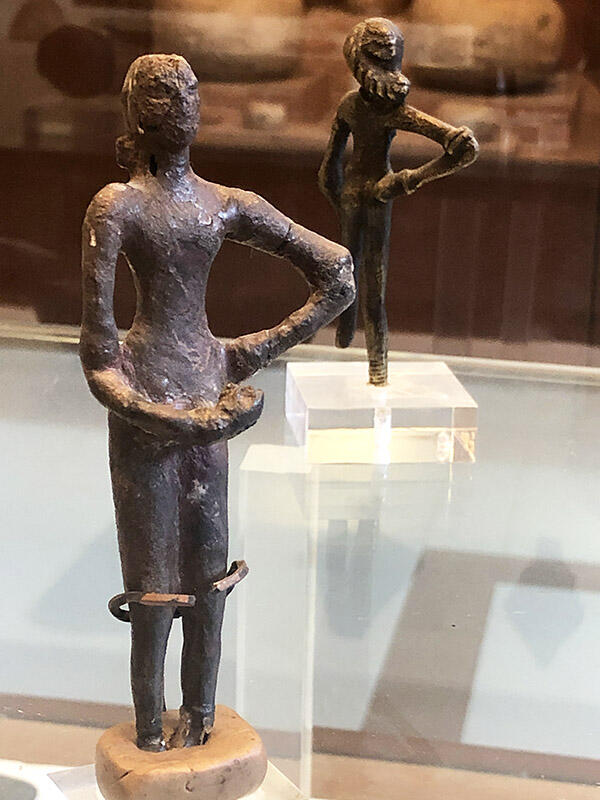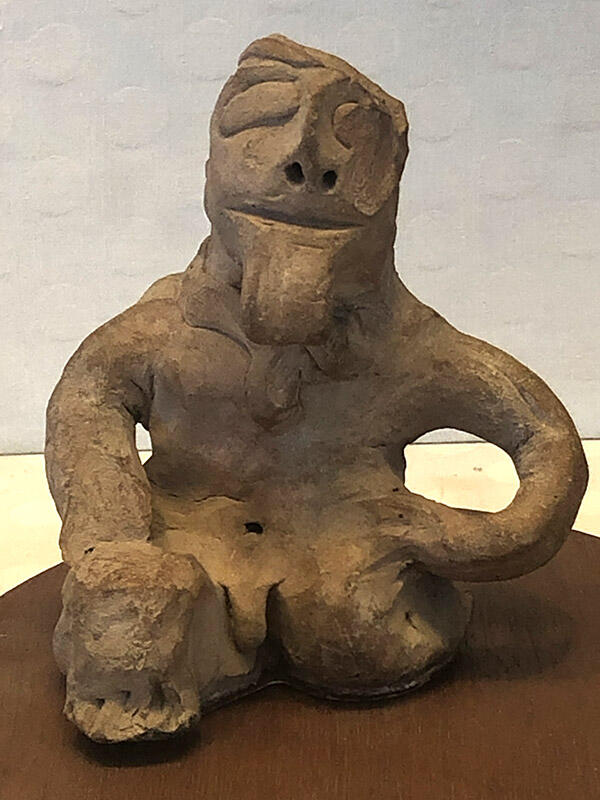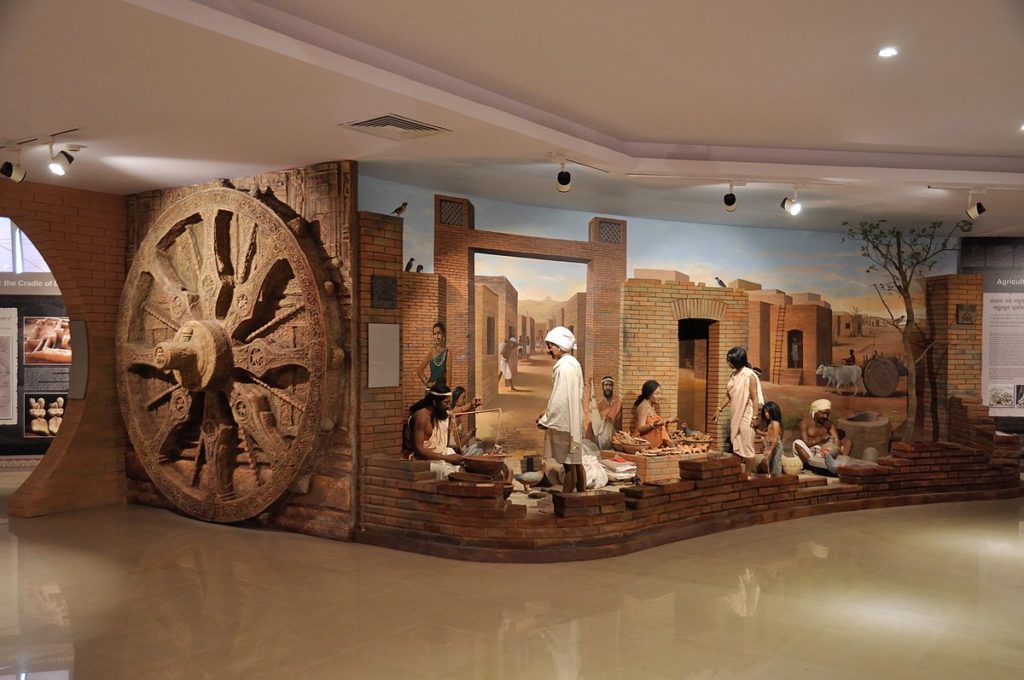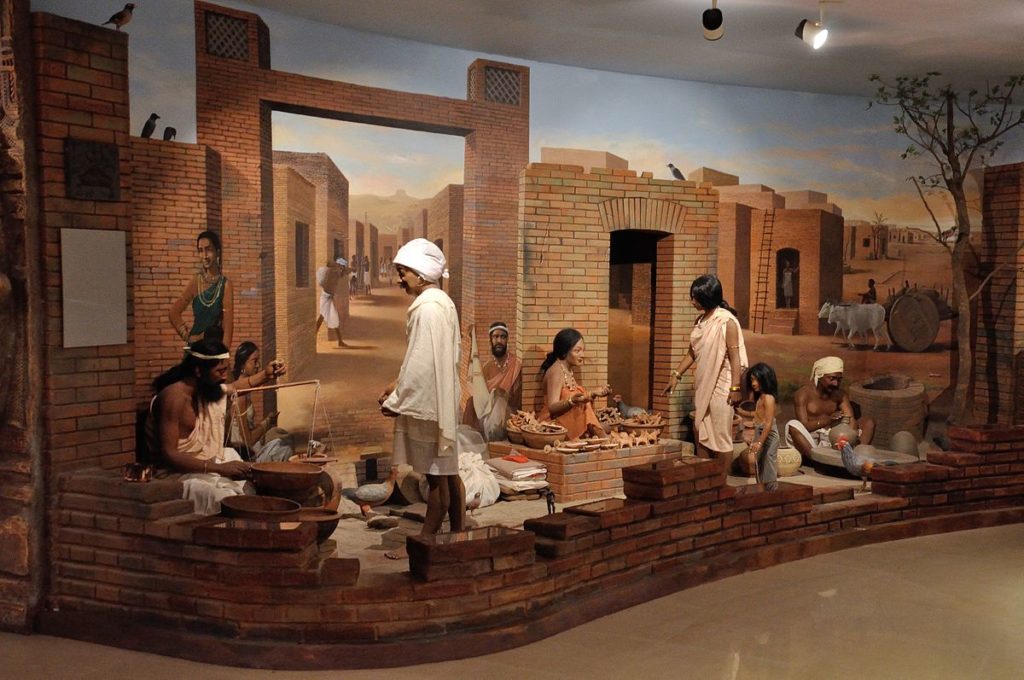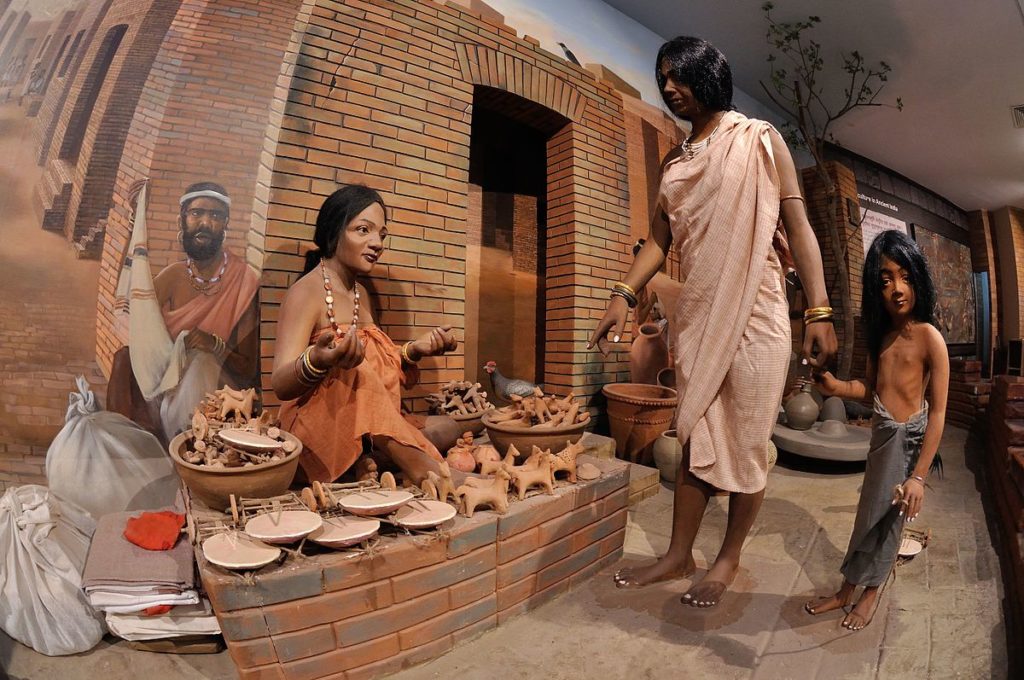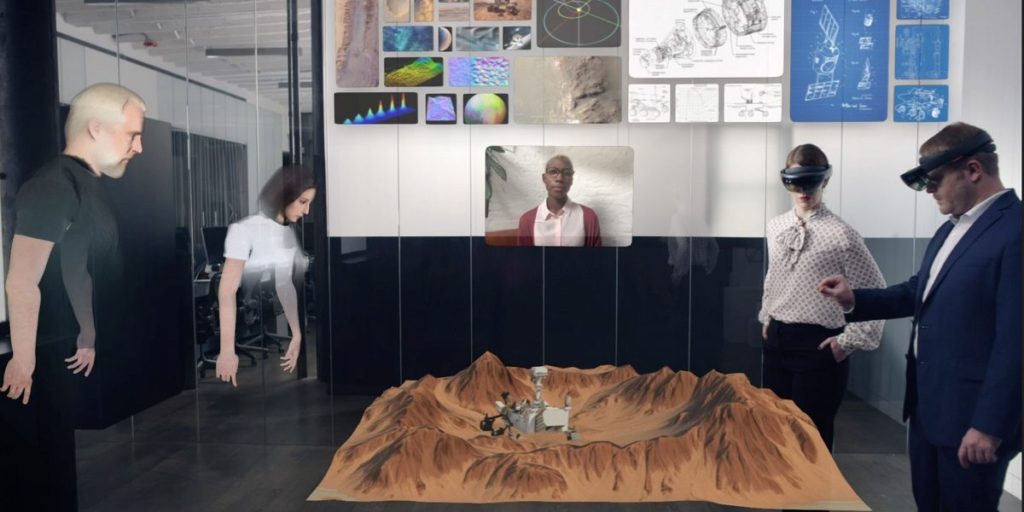
The discovery of Mohenjo-daro led to tremendous excitement in the archaeological and historical worlds. The Indus Valley Civilization (c. 3300–1700 B.C.E., flowered 2600–1900 B.C.E.), abbreviated IVC, had been an ancient riverine civilization that flourished in the Indus river valley in Pakistan and north-west India. Although the beginning of the Indus Valley Civilization predated the founding of Mohenjo-daro, and thousands of villages and towns had been discovered throughout the region occupied by the Indus Valley people, Mohenjo-daro represented the largest, most sophisticated city discovered. Archaelogists believe that they have discovered the key city in the civilization, existing during the flowering of the Indus Valley Civilization.
Mohenjo-daro had been a remarkable construction, considering its antiquity. It has a planned layout based on a grid of streets, laid out in perfect patterns. The buildings of the city had advanced designs, and structures constructed of sun dried bricks of baked mud and burned wood.
Scholars suggest from the study of remains, that Mohenjo-daro had been successively destroyed and rebuilt at least seven times. Each time, the new cities built directly on top of the old ones. The city divided into two parts, the Citadel and the Lower City. Most of the Lower City is yet a mystery to be unrevealed, but that the Citadel had the public bath, known as the Great Bath, which is considered as one of the best-known remarkable structures excavated from the ruins of the ancient Indus Valley Civilization.
It has always been a big mystery as to why such a widespread civilization suddenly collapsed, as it appears to have done in the second millennium BCE. The archaeology reveals that the Harappan civilization went through four phases, the first two of which were represented by pastoral and early village farming communities. The third phase, from 2,600-1,900 BCE represents the mature, urban phase of the civilization, while the fourth (1900-1300 BCE) phase is a phase of decline.
During the mature phase, Harappan settlements were highly urbanized with several organized cities, developed material and craft culture having trans-Asiatic trading to regions as distant as Arabia and Mesopotamia. The late Harappan phase witnessed large scale de-urbanization, population decrease, abandonment of many established settlements, lack of basic amenities, interpersonal violence and disappearance of Harappan script.
Uncovering the keys to the Lost Indus Cities
The Indus Valley period is well documented through the wealth of artifacts that were excavated from its magnificent cities. It is widely believed that most of the inhabitants of Indus Valley cities were tradespeople and artisans. Archaeologists have excavated sculptures, seals, pottery, gold jewelry, elaborate beadwork, and anatomically detailed figurines in terracotta , ceramic, bronze, lead, tin, and steatite from the ancient Indus Valley area.
A number of bronze, gold, stone, and terracotta figures of girls in dance poses reveal the presence of some dance forms from the time, and a harp-like instrument depicted on a seal indicates the use of stringed musical instruments.
Similarities in the iconography and construction of excavated artifacts suggest the considerable mobility and trade networks of the Indus Valley inhabitants. Raw materials found only in distant regions, such as lapis lazuli and steatite, were imported for artistic use. It is believed that the trade networks of the Indus Valley reached as far as Afghanistan, coastal Persia, northern and western India, Mesopotamia , and Egypt.
Ancient Indus Civilization artifacts are live in 15 museums around the world
A small collection of Indus terracotta figurines is located at the Bharat Kala Bhavan (Uttar Pradesh, India). A small collection of jewelry and animal and terracotta human figurines is present in the collections of Chhatrapati Shivaji Maharaj Vastu Sangrahalaya (Prince of Wales) Museum (Maharashtra, India). Three galleries with 800 objects from the site including reconstructions, beads, terracotta ornaments, replicas of seal and sealings, shell and ivory objects, copper and bronze objects, tools, animal and human figurines are present at the Archaeological Museum Lothal (Gujarat). National museum’s (Delhi, India) Indus Valley Civilisation Gallery is the best collection in India, including seals, jewelry, and figurines like the dancing girl found at Mohenjo-daro. The museum store also sells Indus replicas. Various artifacts and their replicas are spread over museums in UK, USA, France, and many more. The purpose of our exihibit is to produce holographic three-dimensional (3D) printed models of all these artifacts and present an interactive virtual experience for the viewers enabling to capture and reconstruct the lost heritage.

3D replica of the Indus Valley Civilization as displayed at Science City, Kolkata, India
What does these artefacts tell about the civilization?
While many ancient civilisations focused on worship, it seems that play was very important to the Indus Valley people. They made toys and small figures of people and animals, using metal and clay.
Indus Valley people were buried with clay pots and clay figures, as well as beads. Putting these items in graves may mean that they had a religious belief in an afterlife, in which they could use these belongings again.
Plants, trees and animals were probably important to Indus people. The pipal or fig tree is shown on many seals, and is still a sacred tree for many Buddhists and Hindus. Hinduism also places importance on ritual bathing. Many people believe the ‘great bath’ found in Mohenjo-Daro suggests the Indus people held similar beliefs about purity. Some people think that the Indus religion shaped early Hindu beliefs.

The Indus Writings
In 1872, a British general named Alexander Cunningham, excavating an area in what was then British-controlled northern India, came across something peculiar. Buried in some ruins, he uncovered a small, one inch by one inch square piece of what he described as smooth, black, unpolished stone engraved with strange symbols — lines, interlocking ovals, something resembling a fish — and what looked like a bull etched underneath. The general, not recognizing the symbols and finding the bull to be unlike other Indian animals, assumed the artifact wasn’t Indian at all but some misplaced foreign token. The stone, along with similar ones found over the next few years, ended up in the British Museum. In the 1920s many more of these artifacts, by then known as seals, were found and identified as evidence of a 4,000-year-old culture now known as the Indus Valley Civilization, the oldest known Indian civilization to date.
The Indus people wrote on soft clay using pointed sticks or by scratching marks onto stone and metal. Indus Valley writing used at least 400 picture-signs – they were not letters like in our alphabet. But the longest bit of writing found has only 26 characters. By 1800 BCE, the Indus Valley Civilization saw the beginning of its decline. As part of this process, writing started to disappear. As the Indus Valley Civilization was dying, so did the script they invented. The Vedic culture that would dominate North India for the centuries to come did not have a writing system, nor did they adopt the Indus Script. As such, the linguistics of the Indus script are yet to be deciphered.

The Priest-King Sculpture
This 7-inch-high stone sculpture was found in the lower city. It shows how the men of the Mohenjo-Daro might have looked and dressed. Notice how the figure’s beard is short and neat, his upper lip is shaved clean, and his hair is tied with a band that hangs down his back to his shoulder. A patterned robe covers his shoulder, which gives us an idea on how they dressed. Archaeologists are uncertain whom it represents.

Since the discovery of the Civilization, the most famous of all finds from the Indus Valley sites is the much discussed “Priest-King”.
The dancing girl artifact

One other iconic statues are found in Mohenjo-Daro is that of the “Dancing Girl”. This 4 inch statue of the dancing girl, sculpted using the lost wax method, remains one of the most endearing findings. The artistry of this lovely statuette crosses time, space, and speaks to ups of a seemingly unknowable, but at least a fleeting recognizable past of the Mohenjo-Daro civilization. Sometimes referred to as Sambora, she is the most sellable product being used in advertising brochures and contemporary plays. This statue is still inspiring dancing girls in India and Pakistan and that’s the way the historical traditions are reaching across the arc of time.
The Mother Goddesses
Among the other interesting finds have been the female figures that have been termed as Mother Goddess this showing the existence of fertility cult. These terracotta figures have headgear, pellet like breasts, and jewelry. The female figurines with prominent bust are usually bejeweled, and are shown wearing a peculiar king of head-dress. Their number suggest that they were cult objects.

These figurines exemplify the common use of human figurines as fertility figures, and also illustrate the roles of children, women, and men of Indus Valley culture.
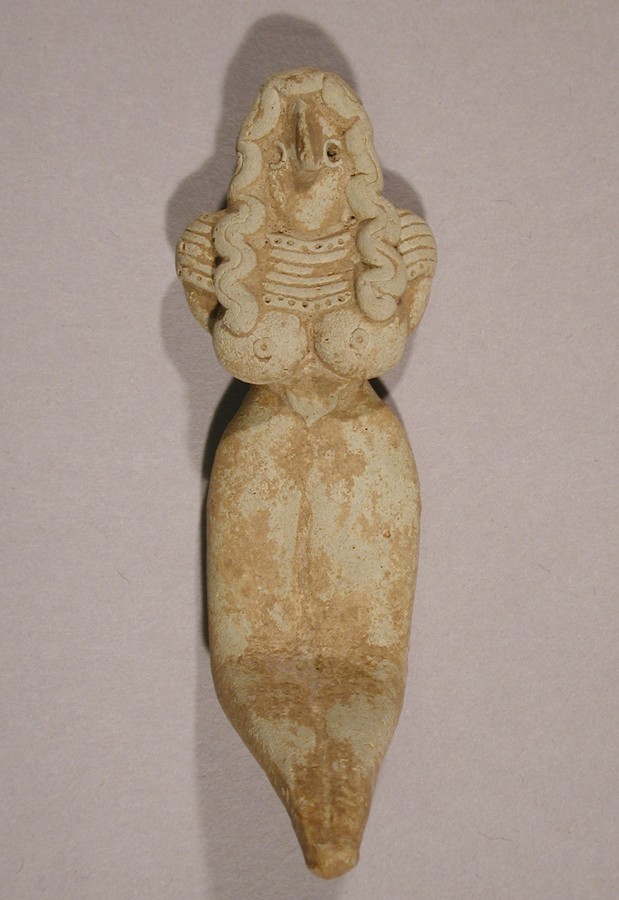
Seated Mother Goddess figurine, Mehrgarh (Pakistan) 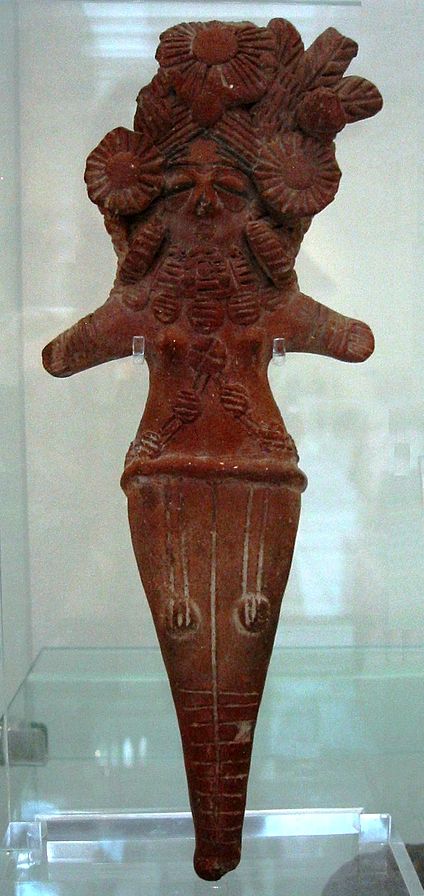
Gandhara Mother Goddess. Victoria and Albert Museum 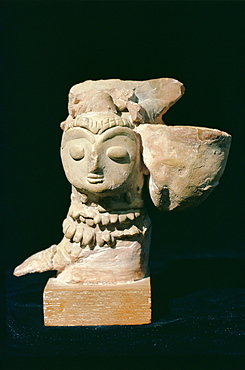
Replica of Mother Goddess
Other significant findings from excavations

In Ernest Mackay’s words, “The favorite toy seems to have been a little pottery cart, to judge from the number of specimens, usually in a damaged condition, which have been found. These miniature carts are practically identical in design, on a small scale, with the farm carts seen in the villages around Mohenjo-daro today, and the presence of these toys in the city is ample proof that the full-sized vehicle was well known and in constant use in the Indus valley. No model which can be said to represent a war-chariot, or anything like it, has yet to come to light, which supports the view that these people were not war-like and were unthreatened by enemies until their civilization was nearing its end.”
3D holographic model of the artifact will be similiar to the shown model
Pottery is one of the most significant sources of data, not only for the durability and abundance of ceramic artefacts in the archaeological record, but also for the vast range of information on ancient societies that can be inferred from its study. Various ceramic artifacts collected from the Indus sites lay distributed in the museums all over the world with the largest collection in the British Museum.
3D holographic model of these will be similiar to this model
A Glimpse of the proposed Exhibit
This Exhibit will be presenting 3D printed models of artifacts located at different locations using holographic techniques, creating an incredible visually interactive experience. This gallery is a glimpse of artifacts collected by British Museum from Indus Valley.
Our exihibit will bring the Illusion of reality in the Museums
-
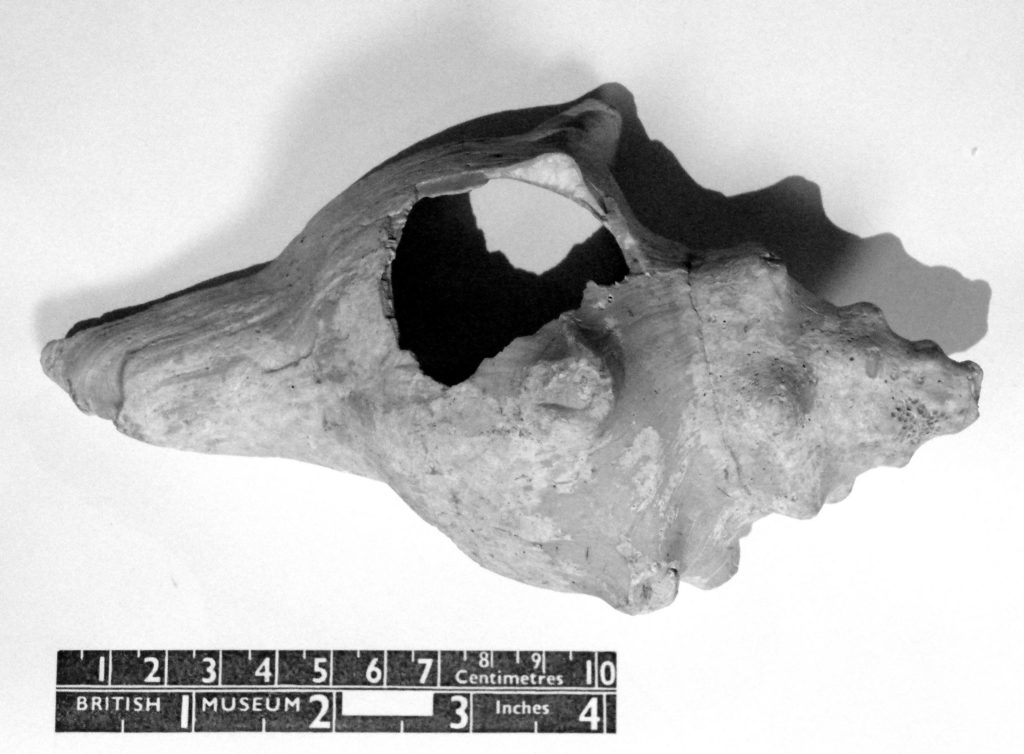
Animal remain discovered in Mohenjo-daro made of shell(couch) -
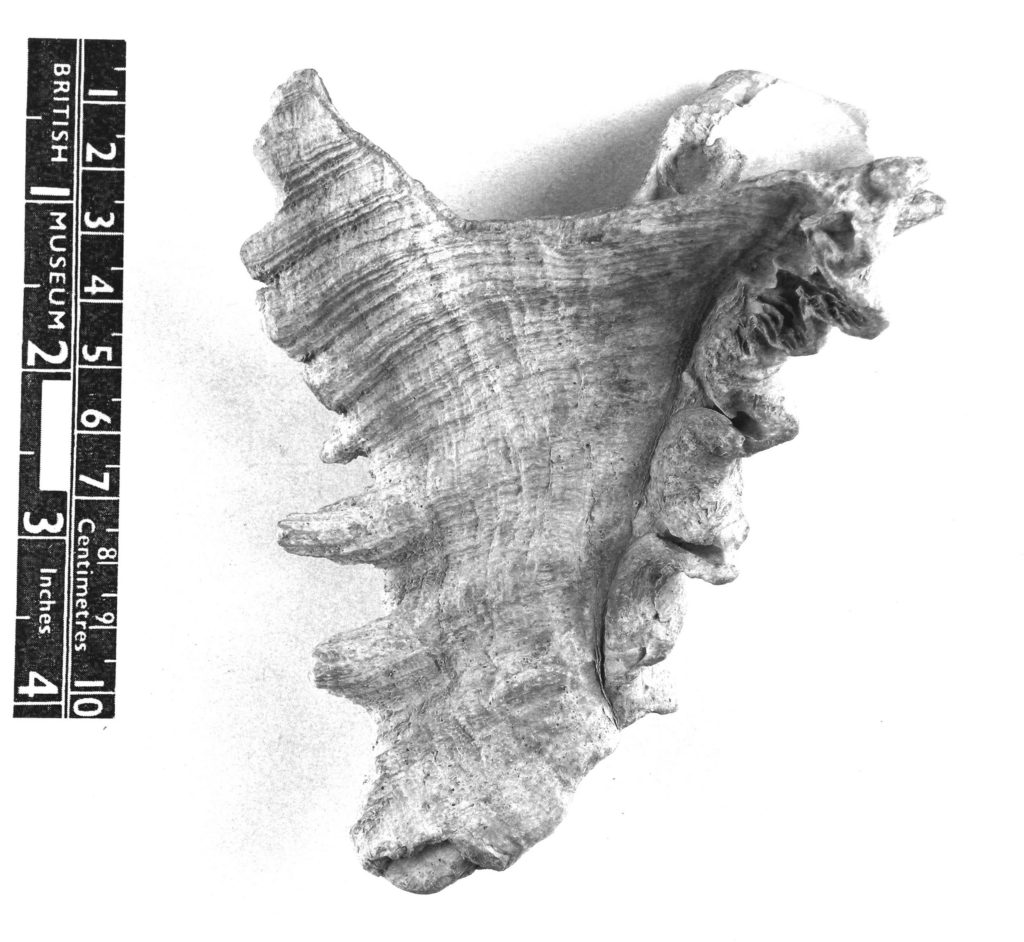
Animal remains discovered in Mohenjo-daro made of shell(couch) -
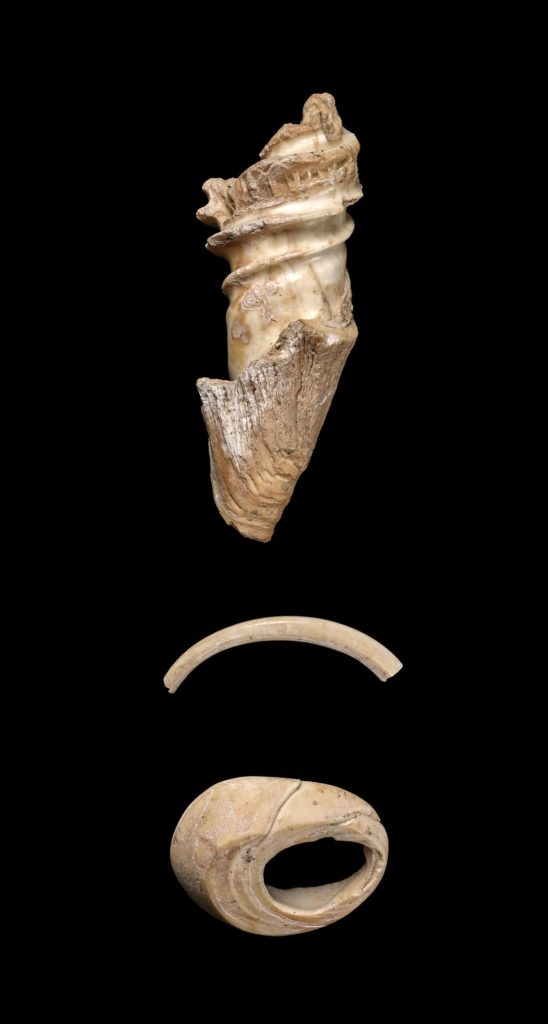
Bangle/bracelet made of shell (couch) -
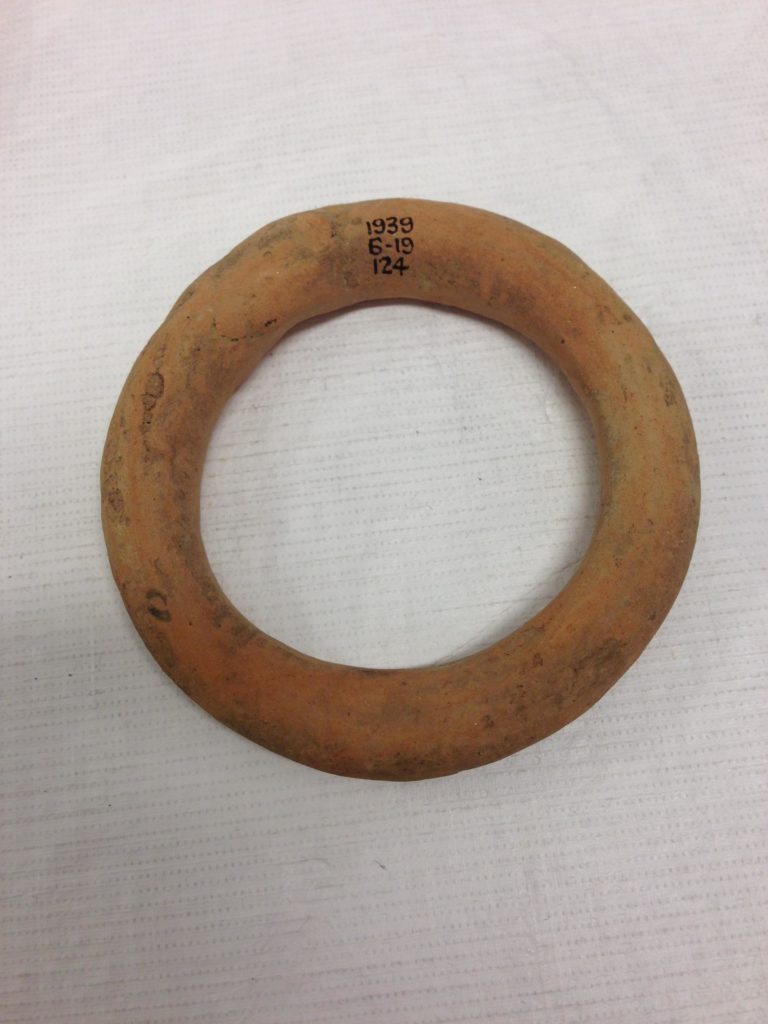
Bangle, bracelet. Made of pottery (buff). -
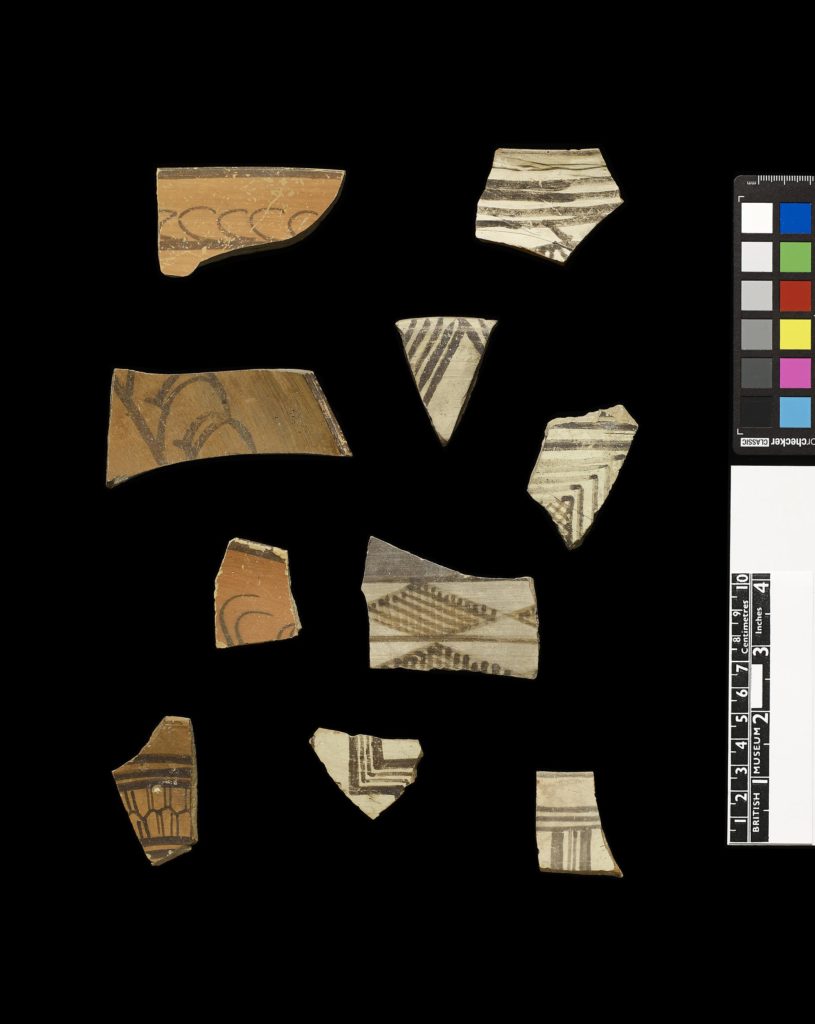
Decorated bowls -
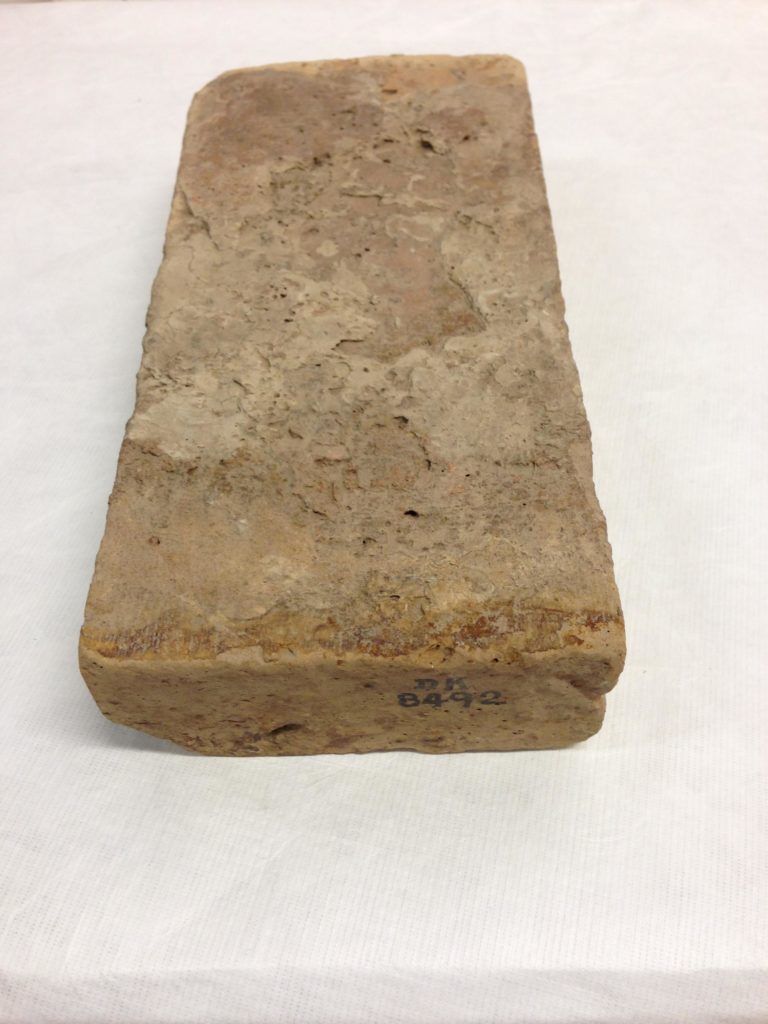
Brick. Made of terracotta.

A nostalgic journey through 5000-Year-Old South Asian Civilization
We intend to bring the history to life through holographic presentation of the Indus artefacts for virtual access at home. Visitors at the museums will have a chance to experience 3D-printed models of these holographic displays.
Our collection takes visitors on a nostalgic journey through 5000 years of social change, culture and lifestyle. It is an exciting new way of looking at history through the remains of our ancestors from pre-historic period. It’s a journey back through the our cultural legacy, all brought back to life again by our ‘A Visionary Museum‘ program – a fascinating insight into how we have lived since the Harrapan times.

Visit our first exhibition A Visionary Museum for the “Once Upon a Try”
Activities
- A Holographic curator will excurse you though our digital age relics, bringing an immersive virtual experience
- You will have a chance to transform a 3D scan of yours to be virtually present at Indus Valley sites to experience the heritage with a life-like experience
- The expedition will also present 3D-holographic-printed models of these relics for exhibiting with closer proximity
“The best way to respect people who came before us is to research history without judging it through the eyes of the present”
– TIFFANY Jenkins
